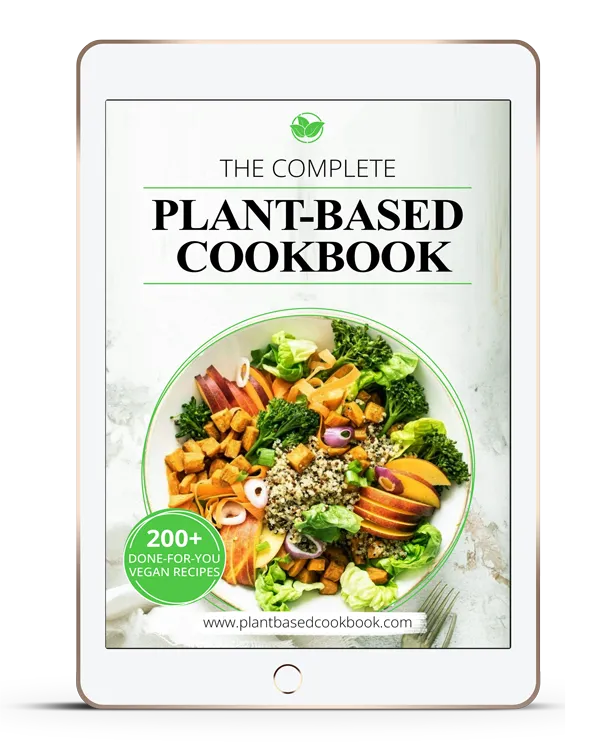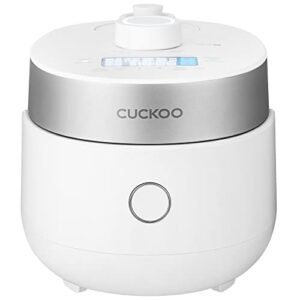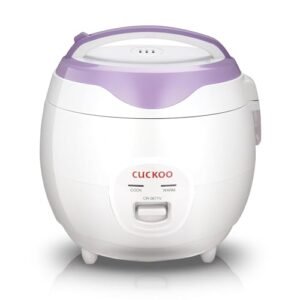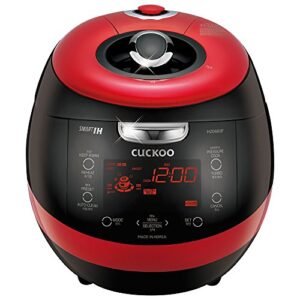When using a rice cooker, boiling over can be frustrating, and it always seems to happen at the worst possible time. But did you know that preventing boil-over is easier than you think?
Boiling over happens when water in the rice cooker exceeds its boiling point, it boils over and creates a mess. To prevent this from happening, there are a few steps you can take. By understanding how to prevent boil-over, not only can you save time and effort cleaning up after cooking but also cook perfect rice every time.
Different types of cookers have different ways of preventing boil-over, but they all involve controlling the temperature and water level in the inner pot.
So let’s cut to the chase and find out how we can stop our rice cooker from making a mess!
Table of Contents
ToggleHow to Stop a Rice Cooker from Making a Mess?
Measure the Water to Add the Right Amount
Cooking rice is a simple task, but sometimes it can turn into a messy affair.
Boil-overs are common, and they can leave your kitchen in disarray.
Here are some tips on how to stop your rice cooker from making a mess by measuring the water to add the right amount:
Use a Measuring Cup to Ensure That You Add the Correct Amount of Water
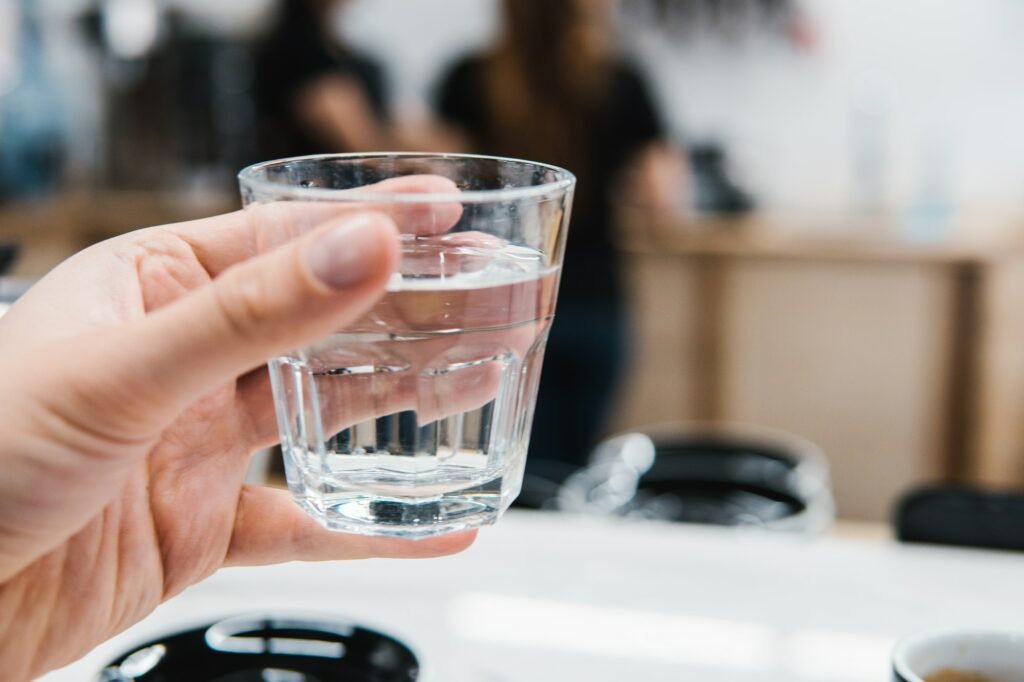
The first step in cooking perfect rice is getting the water-to-rice ratio right. This means using the correct amount of water for each cup of rice you cook. The ratio of water to rice is usually 1:1 or 2:1 depending on the type of rice you are cooking.
To avoid any errors, use a measuring cup that comes with your rice cooker or purchase one separately. These cups are designed to measure exactly one cup of uncooked rice and come with markings that indicate how much water you should add.
Adding Too Much or Too Little Water Can Cause Boil-over or Undercooked/Overcooked Rice
Adding too much water will cause boil-over, while adding too little will result in undercooked/overcooked rice. If you don’t add enough water, your rice will be hard and crunchy, while adding too much water will make it mushy and sticky.
To get it just right, follow these steps:
- Rinse your uncooked rice thoroughly under running water.
- Measure out the correct amount of liquid based on your desired ratio.
- Add salt if desired.
- Turn on your rice cooker and let it do its job.
Tips for Measuring Liquid Quantity Based on Rice Type
Different types of rice require different ratios of liquid to cook correctly:
- White Rice: For every cup of white rice, add 1 ¾ cups of liquid.
Adjust the amount of water in your rice cooker:
Follow your rice cooker’s instructions for adjusting water levels based on different types and amounts of rice.
Different varieties of rice require different amounts of water to cook properly. Your rice cooker comes with a manual that outlines the recommended settings for each type of rice. It’s essential to follow these guidelines to achieve perfectly cooked rice without any mess.
Some models have markings inside indicating how much water to add for different quantities of rice.
If you’re using a newer model, there may be markings inside the pot that indicate how much water you should add based on the quantity of rice you’re cooking. These markings make it easy to measure the correct amount of water, reducing the likelihood of boil-over and making clean-up easier.
Adjusting the amount of water can prevent boil-over and ensure perfectly cooked rice.
Adding too much water can cause boil-over, which not only makes a mess but also affects the quality of your cooked rice. By adjusting the amount of water according to your specific variety and quantity, you’ll get perfectly cooked fluffy grains every time without any spillage.
Wash the Rice Well Before Cooking:
Why Washing Your Rice is Important
Cooking rice can be a bit tricky, especially when you’re not sure how to stop your rice cooker from making a mess. One of the best ways to prevent a messy situation is by washing your rice thoroughly before cooking it.
Washing removes excess starch from the raw rice grains, which can cause boil-over and make your cooked rice sticky and clumpy. Soaking your washed rice for at least 30 minutes before cooking also helps prevent boil-over and produces fluffier, more evenly cooked grains.
How to Wash Your Rice
To wash your rice properly, follow these simple steps:
- Measure out the desired amount of raw rice.
- Rinse the raw rice in a fine-mesh strainer under cold running water until the water runs clear.
- Soak the rinsed rice in cold water for at least 30 minutes.
- Drain the soaked rice in a colander and rinse again with cold running water.
- Drain well and transfer to your rice cooker for cooking.
Types of Rice That Benefit From Washing
While all types of grain rice can benefit from washing before cooking, some varieties have higher levels of starch than others and require extra attention when preparing them.
White Rice: White rice is often polished or milled to remove its outer layer, but it still contains some starch that needs to be removed through washing.
Brown Rice: Brown rice has an outer layer that’s higher in fiber and nutrients than white rice but also has more starch that needs to be removed through washing.
Low Starch Rice: Some varieties of grain such as basmati or jasmine have lower levels of starch than other types and may not require as much washing before cooking.
Use your hands to stir the rice:
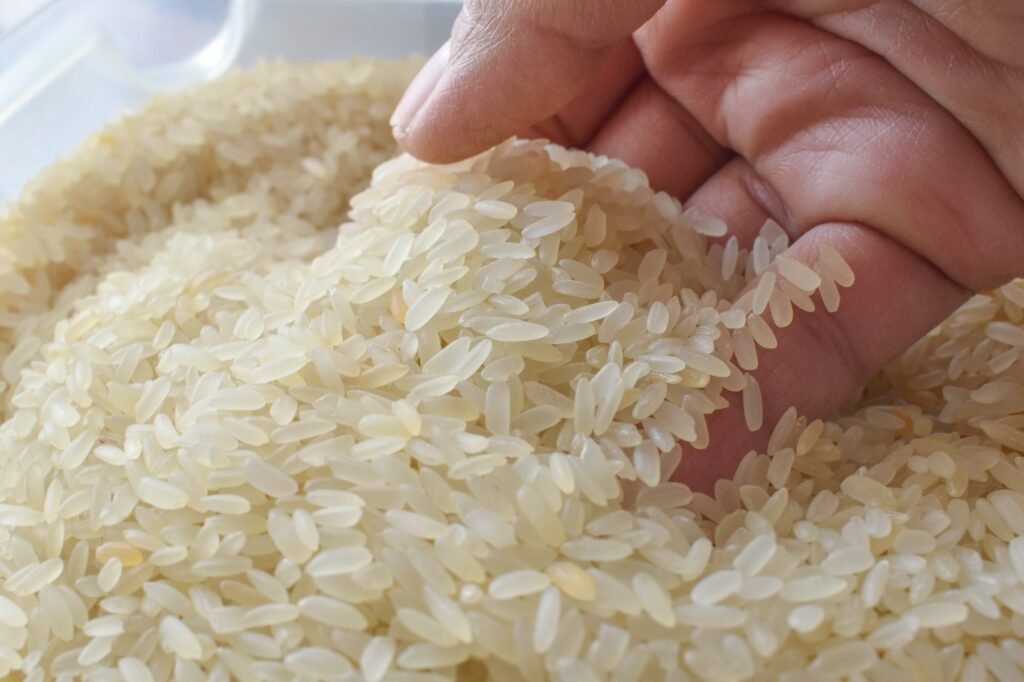
Gently stir your washed and soaked (if applicable) rice with your hands before adding it to the cooker.
Using your hands to mix the rice can help prevent a mess in the cooker. Before cooking, rinse the rice thoroughly until the water runs clear. If you’re using starchy rice like basmati, soak it for 30 minutes before rinsing. After rinsing, transfer it to a bowl and gently mix it with your hands.
This helps remove any remaining starch from the grains, preventing boil-over during cooking.
Rice cookers have a tendency to overflow when cooking starchy varieties of rice like basmati or long grain. By washing and mixing with your hands, you can remove excess starch that causes starchy bubbles that lead to boil-overs. The result is perfectly cooked rice without any mess.
Avoid using utensils as they may damage delicate grains and affect texture.
Utensils like wooden spoons or spatulas can damage delicate grains while stirring, causing breakage and affecting texture. Hands are gentle enough to mix without damaging fragile grains, ensuring perfect texture every time. Plus, it’s an excellent opportunity for kids to get involved in meal prep!
By following these simple instructions on how to stop a rice cooker from making a mess by using your hands instead of utensils while stirring can make all the difference in achieving perfectly cooked fluffy grains without any spills or soapy bubbles!
Protect Your Counter for Easy Clean-Up:
Cooking rice using a rice cooker is one of the easiest and most convenient ways to prepare a batch of fluffy, delicious rice. However, sometimes the process can get a bit messy, leaving you with a foamy mess on your kitchen counter. So how do you stop your rice cooker from making a mess? Here are some tips to protect your counter for easy clean-up.
Use A Towel or Paper Towel:
Placing a towel or paper towel under your rice cooker is an excellent way to catch any spills during cooking. This makes clean-up easier by preventing boiled-over liquid from sticking onto surfaces and making them difficult to clean later on. This will help prevent any damage to the surface of your counter.
Wipe Down Surfaces Immediately:
Wiping down surfaces immediately after spills occur also prevents stains and damage. When cleaning spilled liquids, it’s important not to let them sit too long as they can leave unsightly marks that are tough to remove. Use warm water and soap when wiping down the surface.
Keep An Eye On The Water Level:
The amount of water used in cooking rice is crucial in preventing spills and messes. Make sure to use the correct amount of water based on the instructions provided by your device’s manufacturer. Also, avoid filling up the pot past its maximum capacity line.
Check The Rice Before Cooking:
Before starting the cooking process, make sure there’s no debris or foreign objects in the basin where you’ll be putting your rice and water combination. Doing so will prevent anything from getting stuck at the bottom or sides of the pot which could cause spillage.
Conclusion
In conclusion, preventing a rice cooker from making a mess is easy with the right techniques. Firstly, measure the water accurately to add just the right amount needed for cooking. Secondly, adjust the water level in your rice cooker based on the type of rice you are cooking. Thirdly, wash your rice thoroughly before cooking it to remove excess starch that can cause boiling over. Fourthly, stir your rice using your hands to prevent clumping and ensure even cooking. Lastly, protect your counter with a towel or tray for easy cleanup.
By following these simple steps, you can avoid messy cleanups and enjoy perfectly cooked rice every time. Remember to always read the manufacturer’s instructions for any specific guidelines on how much water to use or how long to cook different types of rice.
FAQs
1. Can I use a lid while cooking rice in a rice cooker?
Yes, using a lid while cooking rice in a rice cooker is essential as it helps trap steam and heat inside the pot for even cooking.
2. How often should I clean my rice cooker?
It is recommended that you clean your rice cooker after every use by wiping down the inner pot and removing any leftover food particles or debris.
3. Can I add seasoning or spices to my rice while it cooks in a rice cooker?
Yes, you can add seasoning or spices such as salt, pepper, or herbs directly into the pot while cooking your rice for added flavor.
4. How do I know when my rice is done cooking?
Most modern-day electric cookers come with an automatic shut-off feature that switches off once all the water has been absorbed by the grains of cooked white/brown/long-grain/jasmine/basmati/wild/etc., resulting in fluffy and tender grains.
5. Can I cook other grains besides just white/brown/long-grain/jasmine/basmati/wild rice in a rice cooker?
Yes, you can cook other grains such as quinoa, bulgur wheat, or even oats in a rice cooker by adjusting the water level and cooking time accordingly.
6. Can I leave the rice in the cooker after it’s done cooking?
It is recommended to remove the cooked rice from the pot immediately after it is done cooking to prevent overcooking or drying out of the grains.
7. Is it safe to leave a rice cooker unattended while cooking?
While most modern-day electric cookers come with an automatic shut-off feature once all the water has been absorbed by the grains, it is still not recommended to leave any appliance unattended while in use. It’s essential always to monitor your appliances for safety reasons.


